My workshop is a one-car garage in the basement of my 91-year-old house. It’s a cramped and cluttered space, but I manage to get a lot done in it and I simply enjoy being there. Almost all of the time I spend in my shop I’m alone, but it’s far from being a lonely place. In the midst of my tools, I’m surrounded with reminders of people I’ve cared for. Every tool has some usefulness, but the ones that have stories to tell are the ones that I value most.
I have, of course, many of my late father’s tools, but there is one that stands above the others. It’s the Stanley No. 100 ½ round-bottom squirrel-tail plane he used for shaping the blades of racing sculls. He had dropped it on his shop’s concrete floor and the tail had broken off. It wasn’t a tool he could easily replace, so he asked our neighbor, Bob Clare, if it could be repaired.
Bob, who was known to many as “Scrap Iron,” owned the two houses across the street; he and his family lived in one and his shop occupied the other. Both back yards were filled with metal scrap, some heaped on the ground and some propped against racks and towering high overhead. Bob brazed the tail back onto the plane, and while it’s a bit crooked and the repair looks like it was made with gobs of drab gold clay, he saved the plane.
In that plane I see my father at work in the garage, surrounded by the racing shells he was repairing, and in the repair I see Bob with his grease-blackened hat cocked back on his head and hear his cackling laugh. His shop caught fire once, and when I saw the smoke, I ran over to help. When I arrived, he was dragging a metal cabinet out the front door. It was full of flammable solvents and he had put it right inside the door for just such an emergency. (I, of course, put my cabinet full of solvents and paints just inside the garage door that opens to my shop.)
Bob had already turned the water on for the garden hose, but there was no spray nozzle on it. I was trying to put the nozzle on, but, with the water running, I couldn’t get the threads engaged. Bob calmly took the hose, folded a kink in it to stop the flow, and screwed the nozzle on so I could douse the flames. That repair is all I have of him. If the Stanley 100 ½ ever disappeared, no other tool could ever fill that void.
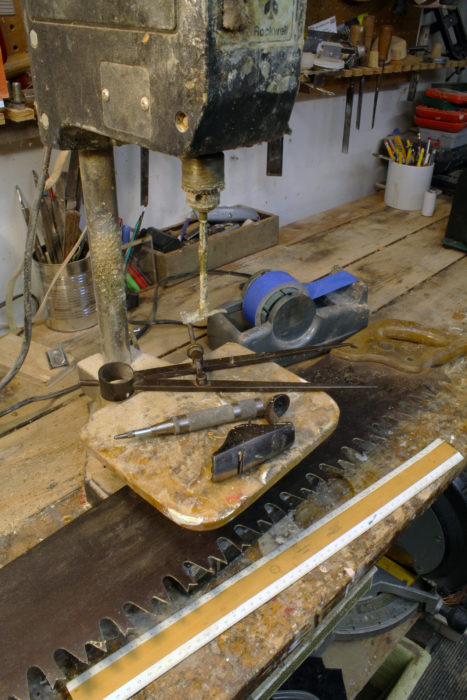
From top to bottom: the drill press from my grandfather-in-law, my mother’s tape dispenser, the divider I bought second hand, a spring-loaded center punch from my departed friend Phil Thiel, my father’s Stanley plane, the saw my father used to cut driftwood logs for the split-cedar fencing around the house, and the metric ruler my grandfather used while he was a civil engineer.
My mother also has a presence in my shop and I am always reminded of her by the tape dispenser she used in the print shop Dad and I built for her in the back of the house. I also have the universal plane and the full set of blades that she bought at a yard sale. She thought it was worth taking a gamble to pay all of $5 for it, hoping I might have a use for it. I did, and cut the beads on my dory’s seat risers with it.
The smallest of my three drill presses is dedicated to stirring epoxy. It is covered with cured residues as if encrusted with coral, but every time I use it I’m reminded of my grandfather-in-law, Bob Altick. He liked to tinker, and once he made several ingenious pendulum letter scales for determining postage. In his late 70s his health was failing and he gave his tools to family members. I got the drill press. He died in 1988, but I’ve mixed a lot of epoxy since then and he’s never long from my thoughts.
Hanging on a pegboard is a 10” steel spring-joint divider, the very first tool I bought when I decided to build a boat and needed to tool up for lofting. I bought the divider in 1977 for $6 in a second-hand tool store. The two-story clapboard building the store occupied was torn down decades ago and replaced with a welding supply shop; it was torn down and replaced with a pumphouse for a sewer main. The divider has a brass ball on the end of the screw and a threaded brass knob for adjusting the span. The knob spins so freely that it’ll travel a full inch along the screw if I give it a good flick with my thumb. Every time I use it I can see my 24-year-old self, looking for a direction to take in life and finding one in boats.
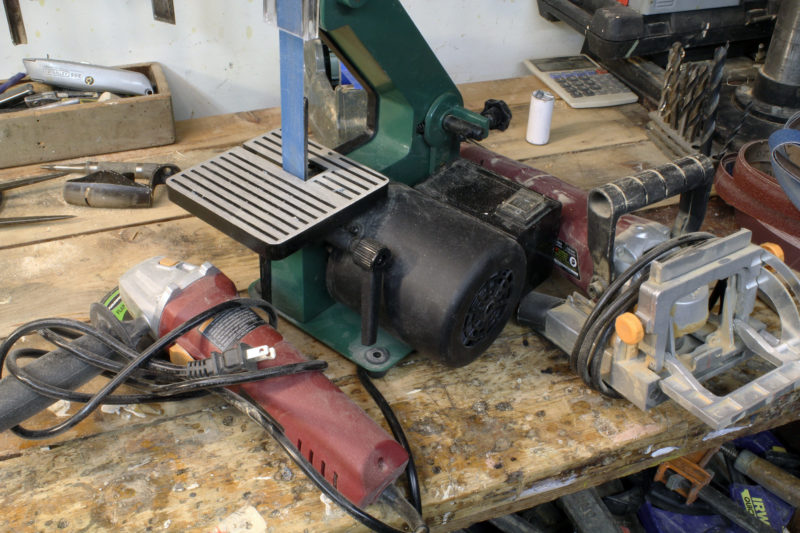
Recent purchases, from left to right: an angle grinder, the 1×30 belt sander, and a biscuit-plate jointer. For all three of them, I paid just $106.
With the 1×30 belt sander I reviewed in this issue now sitting on my workbench, I’ve been thinking about the other tools in my shop that were just ordinary purchases. In spite of all I’ve accomplished with them, I don’t have the same connection to them as I have to the tools that have stories to tell. My 14” Delta bandsaw, for instance, has been an essential workhorse for me for 30 years, but I have no memory of where I bought it and I could easily replace it and not give it a second thought. On the other hand, I clearly remember when and where I found my old 10” Homecraft bandsaw: trout-speckled with rust, it was standing along the road I used to drive to work. It had a “Free” sign taped to it, so I stopped and loaded it into my car. Vic, the woman who put it there, is a friend of mine and the bandsaw had belonged to her father. There is only that one bandsaw with that story.
I eventually realized that the 1×30 belt sander did have a story to tell, but it was one I wasn’t paying attention to: its price. I had been pleased, at first, with the how little it cost, but began to wonder about all of the parts and labor that went into it for just $39.99. Manufacturing moves to places where labor is cheap and manufacturers there may not be required to protect them workers and pay them well. If that’s a tool’s story, I’d rather pay more and support manufacturers who take good care of their people. After all, the tools in my shop, however I came by them, are the company I keep.![]()

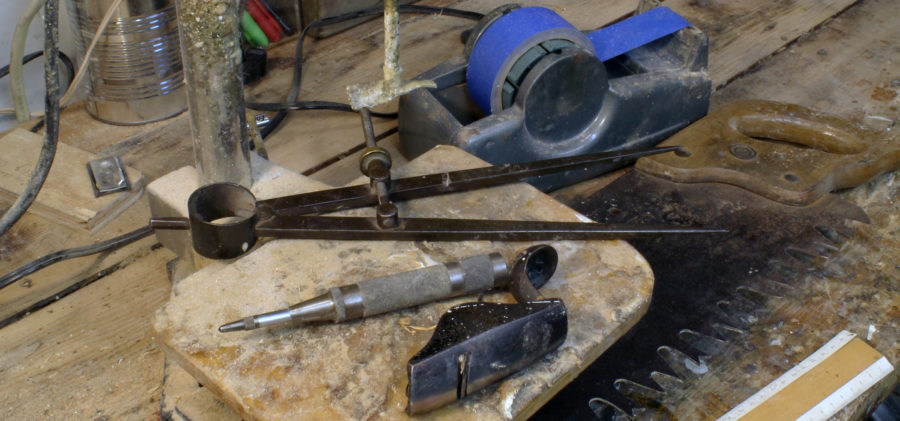



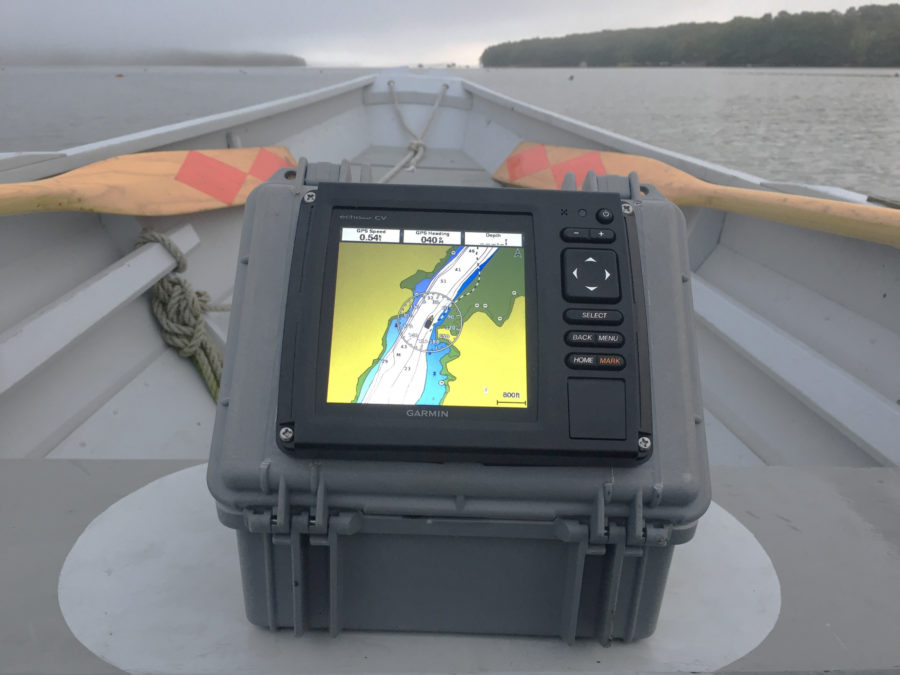
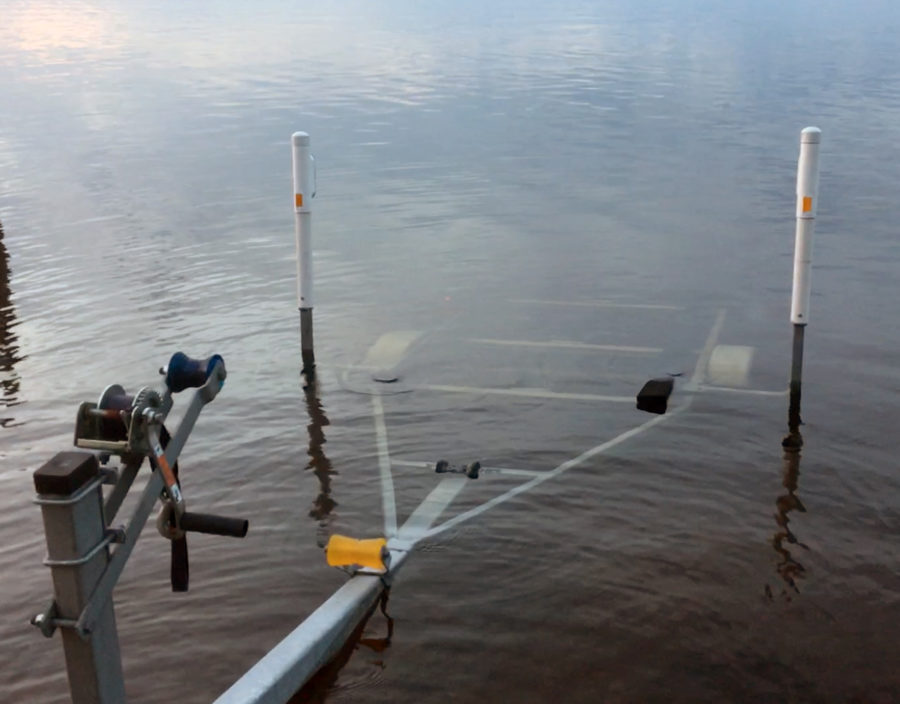
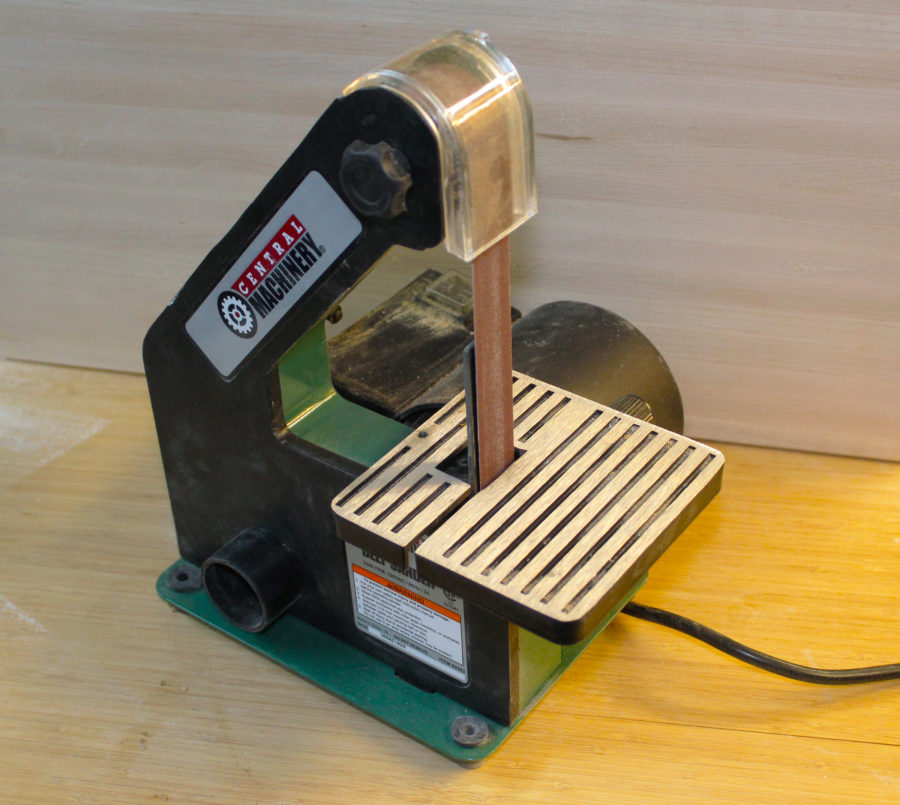
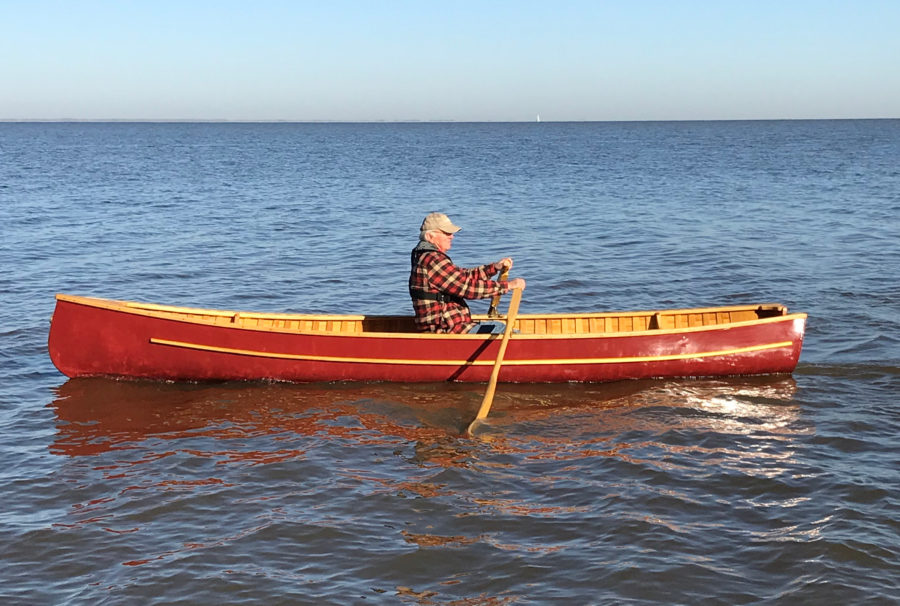
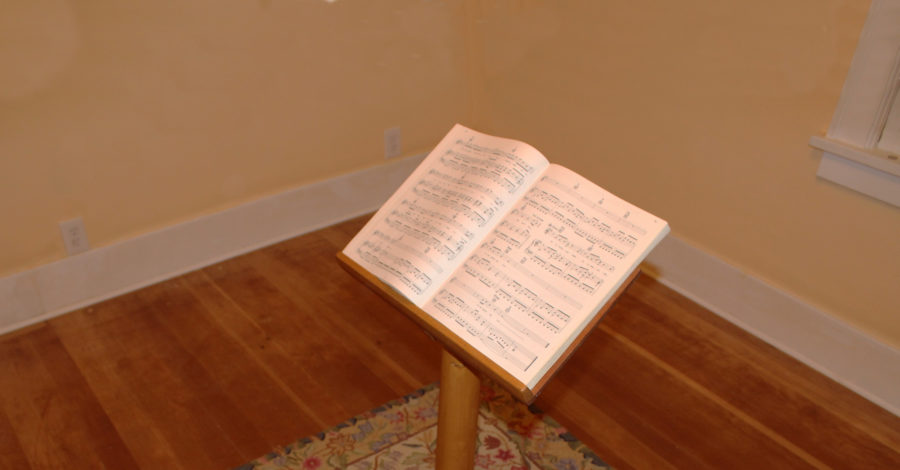
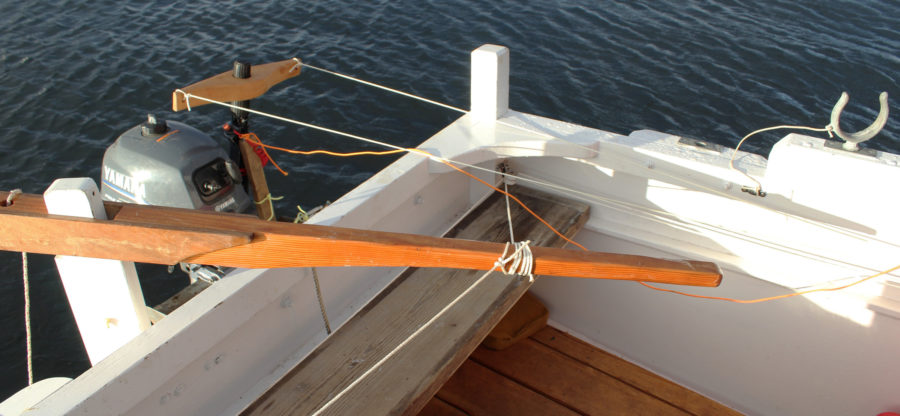
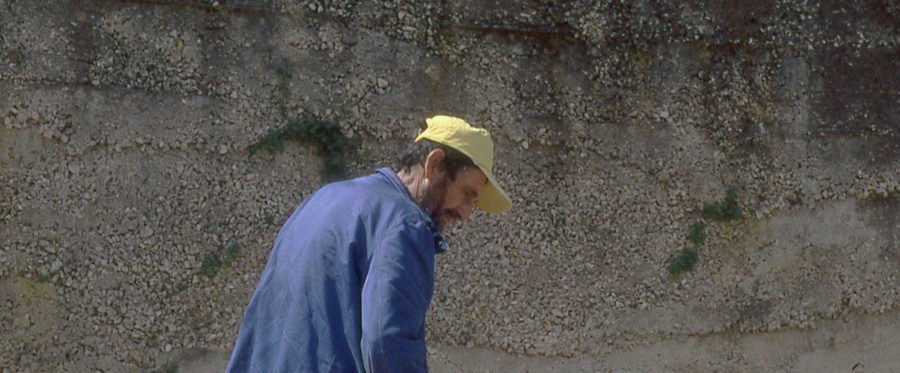
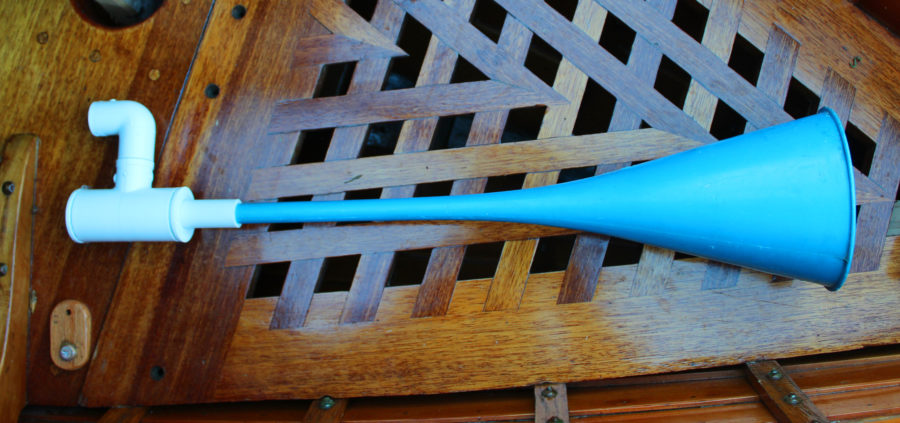
What a wonderful reflection! As an immigrant to this country, I am regrettably not in possession of my grandfather’s tools (he was – among other things – a luthier) but I do have a keen appreciation for the things that connect us to our past, our heritage!
Wonderful memories. My uncle’s calipers, compass, old tackle box turned rigging box and a 100-piece Craftsman tool kit. 60 spring clamps from Howie that clamped boats Alcort and AMF boats for many years. A 100-foot Stanley cloth tape measure that my mother-in-law bought as a joke, it’s nicely set up for feet-inches-eighths. My brother’s rivet gun. And the Skipper’s 3-pound Barry King nylon mallet…oh wait, she hid that from me 🙂
We have named all of our bar clamps for family and friends, so they all get to help when we are clamping boat bits.
Thanks for the article!
Skipper and Clark
A lovely essay, Chris. It prompted me to think about what stories might be contained in my tools, and honestly, the richest one is in my homemade spar lathe—one directly inspired by yours, which you loaned me some years ago.
In case you or other readers here don’t know about it, I highly recommend the essay “The Inheritance of Tools” by Scott Russell Sanders, which develops the same theme in a different way. You can find it in Sanders’ collection, Earth Works.
Thanks, Larry. For readers interested in my spar-sanding lathe, I wrote it up for WoodenBoat. It’s in Issue #176, January/February 2004. The lathe is meant for sanding, not for shaping. I made a number of hollow spars with bird’s-mouth construction and they weren’t arrow-straight, so sanding maintained the wall thickness. I’ve used the lathe for finishing spars from a 6′ sprit boom to a 19′ unstayed mast and for sanding oar looms from oval at the throat to round at the leathers.
I can totally relate about tools and memories, Chris. I have a lot of my father’s tools, and although he’s still with us, he is very frail and unable to get around – although I wheel him out to the shop now and again, which he seems to enjoy.
When I took over the shop as my own, there were a LOT of things he collected over the years that HAD to go. It was a very difficult and emotional task to decide which of the many screw drivers, pliers, etc., etc., had to go. In picking up a tool and deciding its fate, so often memories of when I was just a young lad with that tool in hand came back, making the decision that much harder.
The one consolation that I had is that I was not having to make the decisions under the pressure of a time crunch.
I am making oars, and I used a 100-year old drawknife to make the shaft from square round. What a nice tool to work with—very well balanced—and after sharpening, it worked right away. It belonged to my grandfather who made wagons for farmers. Thanks for the article
I have a folding drawknife that my father inherited from his uncle. It is, like yours, about 100 years old. The wooden handles are slotted and cover the cutting edge when folded. It travelled with me whenever I was teaching Greenland kayak construction or demonstrating paddle making.
I know how it feels to walk into your workshop and experience that special feeling. There is something magical about picking up that old plane or hand tool handed down from someone you loved and respected. Building boats is more than a hobby, it is a passion that keeps you from feeling old or useless. It fills your days with pleasure and confirms your faith in your abilities. Don’t ever believe you are too old to create something beautiful.
Well….let’s see. The Southbend lathe was my grandfather’s, but it reminds me of my uncle Bradley, now departed, who built three airplanes in the shop. He was the best mathematician I have ever known, cantakerous, and a character of solid gold. If he said it, it happened. The metal filing cabinet reminds me of my grandfather, although he died when I was young. It is full of clock parts and music-box parts. He was obsessed with mechanisms of all sorts. My great grandfather’s workbench is beaten, but still solid and I picture him returning from China or the Philippines or wherever he was as an officer in the Marines, ready to get back to work in his shop. The tool that reminds me most of my dad is the chisel he still uses most often. The handle is locust, the edge is keen, so keen it once slipped all the way through his leg just above the knee. I was eight. It was a bad day, but it has been a good chisel. Let the skeptics sneer, Bradley was certainly one, but I think that tools used enough by one craftsman are imbued with a small piece of the craftsman himself. They have a story to tell if we stop to listen.
Great stories! A 2’ handsaw with Viking snakes burned in the handle is what I have from my father. I don’t use it often teaching boatbuilding to others but when I do, I feel my father’s hands using it. He always came to my 1899-built house to help me refurbishing it. My two little girls know my dad as Grandpa Saw!
My father also had a saw with Viking snakes on the handle. The design was used by Sandvik, a Swedish manufacturer.
A few years ago, one of the many mistakes I made was when I had to put a screw into a piece way up in the bow. Dang! So I rummaged through the old tool box that had tools from my dad and grandfather. There it was, a gimmlet to start the hole. It had been my grandfather’s; he died in 1928, 21 years before I was born. I smiled to myself. Thanks grandpa. You never thought your grandson would need a tool you bought a hundred years previously.
Yeah, I know what you are thinking—there were dad and Grandpa, up in heaven, just cracking up at me and my predicament.